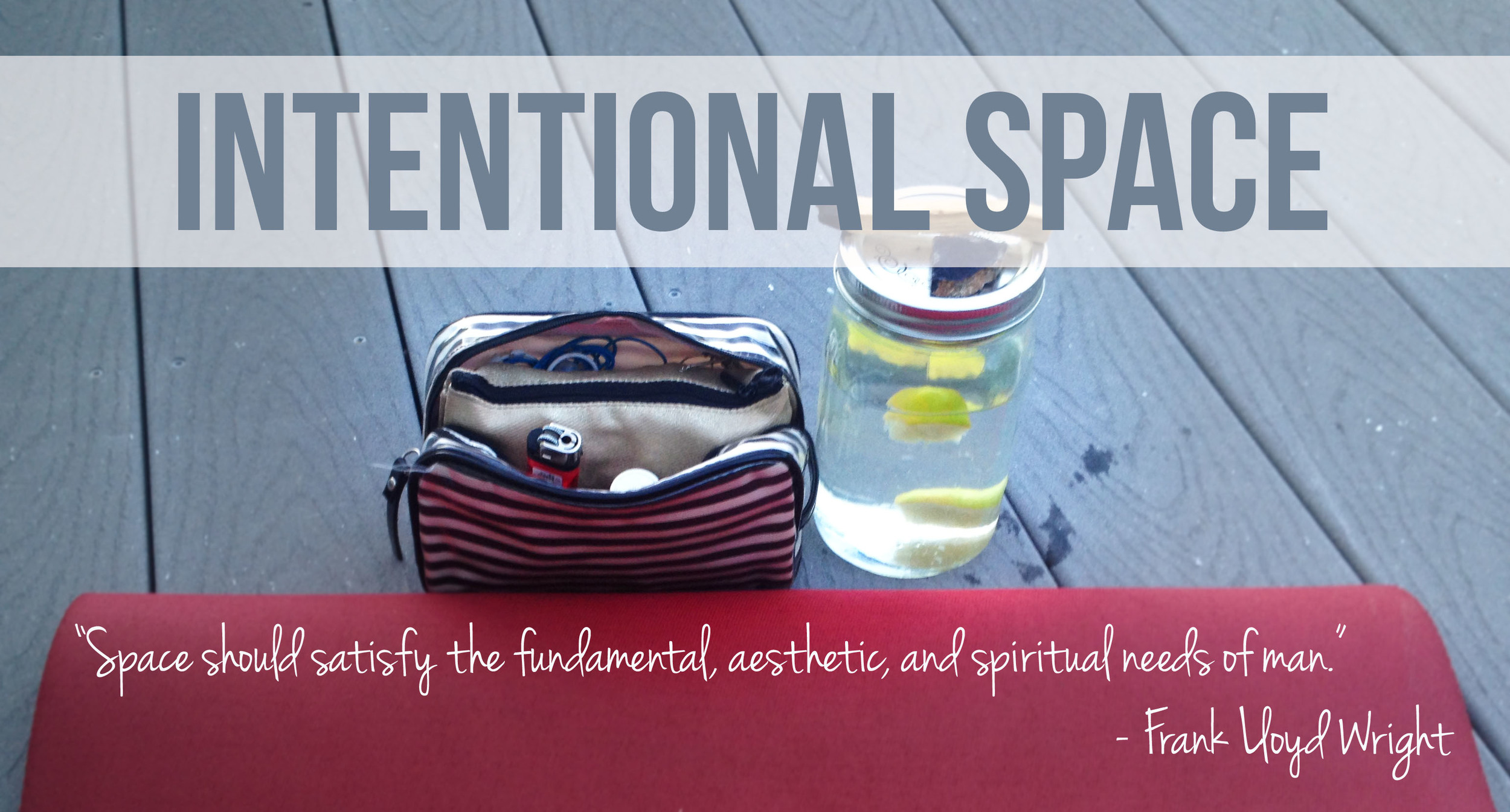Part of the great power and mystery of dreaming is that, in dreams, you find yourself in relationship with the rest of you: who you are when you’re not performing your daytime, waking-world persona; who you wish you could be, or hope you’re not. In dreams we can come into contact with disowned and discarded elements and aspects of ourselves - as well as new, emergent parts of us that we’ve never met yet. Dreams also present us with the forgotten or repressed facts of our living connections to each other - and to the animals and plants we share the living world with, to our shared histories and futures, to dreaming Gaia Herself.
Dreamwork creates reflective time for us to be with these mysteries and unfold ourselves into new awareness about ourselves and our world.
Dreams ask us to take an attitude to them that can be very uncomfortable. Waking, we are always discerning the boundaries of our conscious identity: this is me, that’s not me, that’s has nothing to do with me. Dreams ask us to become more porous and curious in our thinking, and become concerned not with what something is or isn’t but with how we relate to it (and how it relates to us).
Dreamwork asks us to practice a faith in our deeper selves by honoring that whatever comes up to the surface - the dream itself, our reactions to it, our associations to it - has its reason, has something to do with us, even if we don’t know how to recognize it yet.
This can be a powerful release and relief, for the conscious mind to accept that it’s not in control of everything that goes on inside us, nor does it have to be.
This can also be a balancing practice for many of us whose minds have had very good reason to become protective and stay in control.
Every day, we are bombarded by images, values, policies, and judgments that don’t represent us and that do us harm. In the dominant racist, sexist, transphobic, homophobic, ableist and capitalist culture, strength and survival can mean adopting an attitude of crafting and defining and valuing our identities on our own terms. That attitude of revolutionary self-creation serves us well in the waking world - but, when it becomes a habitual armor, it can cut us off from the deeper dreaming wellspring of ourselves, our connections to one another, our healing, and our inner guidance.
This is not even to really get into how the same dominant culture in general cuts us off from our inner selves, and teaches us not to ask questions, not to draw connections, not to identify empathically with an other. These thought patterns belong to this culture and its legacies of violence, and it’s impossible not to internalize them to some degree. For those (most!) of us who inhabit marginalized identities and have to work hard to claim our value, this can be a double-whammy of a cut-off.
If you find yourself saying things about your dreams like, “That was meaningless,” “That was a stupid dream,” “I wish I could just forget that dream,” “That has nothing to do with me,” or “Phew! Woke up and escaped, now I never have to think about that again!” - then the armor of your waking mind is protecting you from something in your own inner world that wants your attention.
Here’s a small way to begin practicing a balancing attitude in your dreamwork:
- Make a quiet space for yourself - half an hour on the couch, some quiet tea time curled up on your bed, a blanket in the park, a walk on the beach, whatever you got to work with.
- Actively imagine yourself taking off a piece of armor and setting in on the ground beside you. A helmet or a chest-plate would do nicely. Tell yourself something like I am taking off my armor in order to be with myself, or In this quiet space, I am free to relax and get curious, or even just I am safe here or I come in peace. Take a breath and feel your body adjust to this attitude.
- Get your dream journal and either write down a fresh dream or turn to one you wrote down fairly recently. Pick one element of it that challenges, confuses, or bewilders you and name it, write it down.
- Give yourself permission to free associate - this means that, without having to understand or interpret anything, you get to brainstorm any and all images, feelings, or memories that come up as you contemplate your chosen dream element. Associations can be very personal but they don’t have to be - they can be old stories, characters from tv shows, current events in other parts of the world, etc. Let it all just blurt into your journal - notice if you feel hesitation or embarrassment, but remember that you are safe here, no one will see but you, and your only job is to take note of what comes up.
- Reflect on what you’ve journalled - allow yourself to ask questions without needing to answer them right away. The point here is to practice being curious and holding the possibility that you are connected to the images and feelings that came to you.
- Pick a few elements of your associations to remember and carry with you during your day - not as a problem to solve, but as something to carry lightly in your mind. As you go about your day, notice when events or feelings arise that remind you of your dream elements. Meaning or insight may or may not come to you in this process, and that's fine - the point is to practice staying in connection to the inner world, and noticing when something in the waking world resonates with your inner dreaming world.
- Thank yourself for making time to connect with your own dream life!
----
Want to learn more? Check out my Dreamwork for Survivors course, coming this Spring with Califia Collective!
Kaeti is a therapist, teacher, and dreamer based in Long Beach, California. All of her work (and play!) is interested in dismantling intersections of oppression and breathing magic and radical healing into all the daily corners of her life, into all the spaces of community she helps weave.










